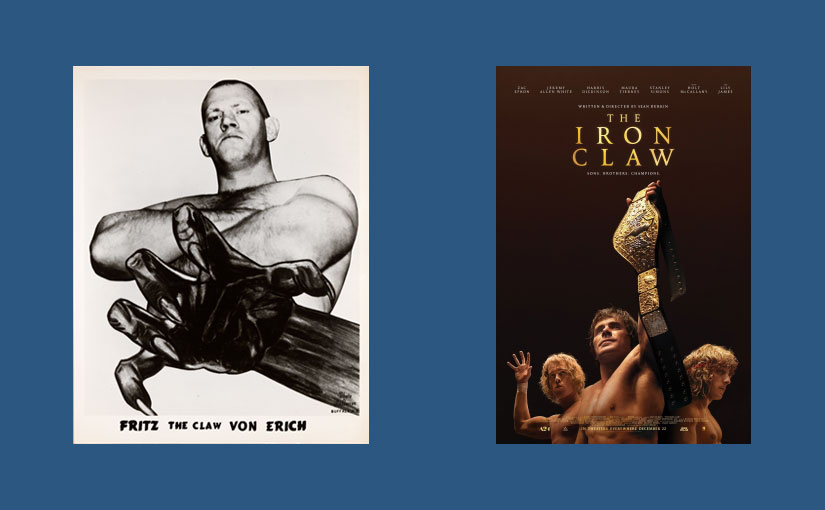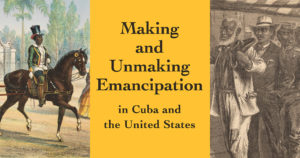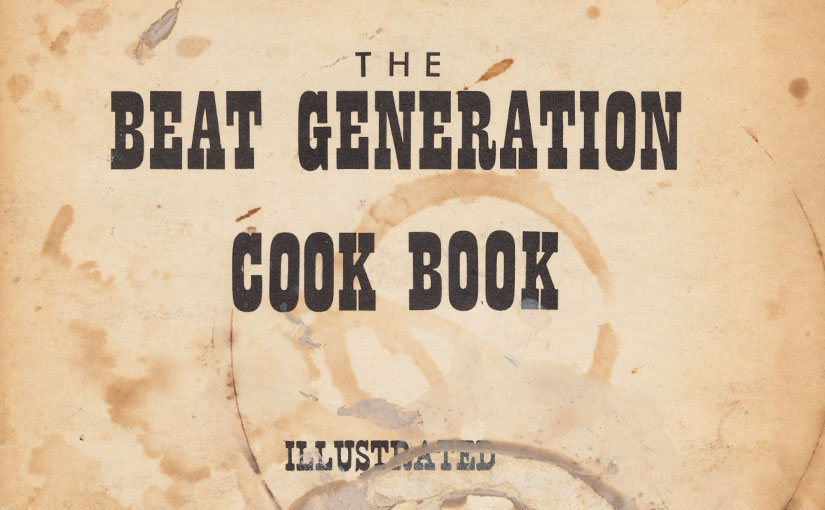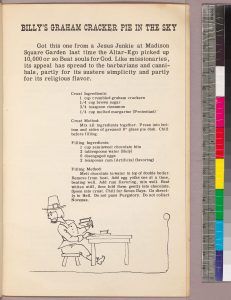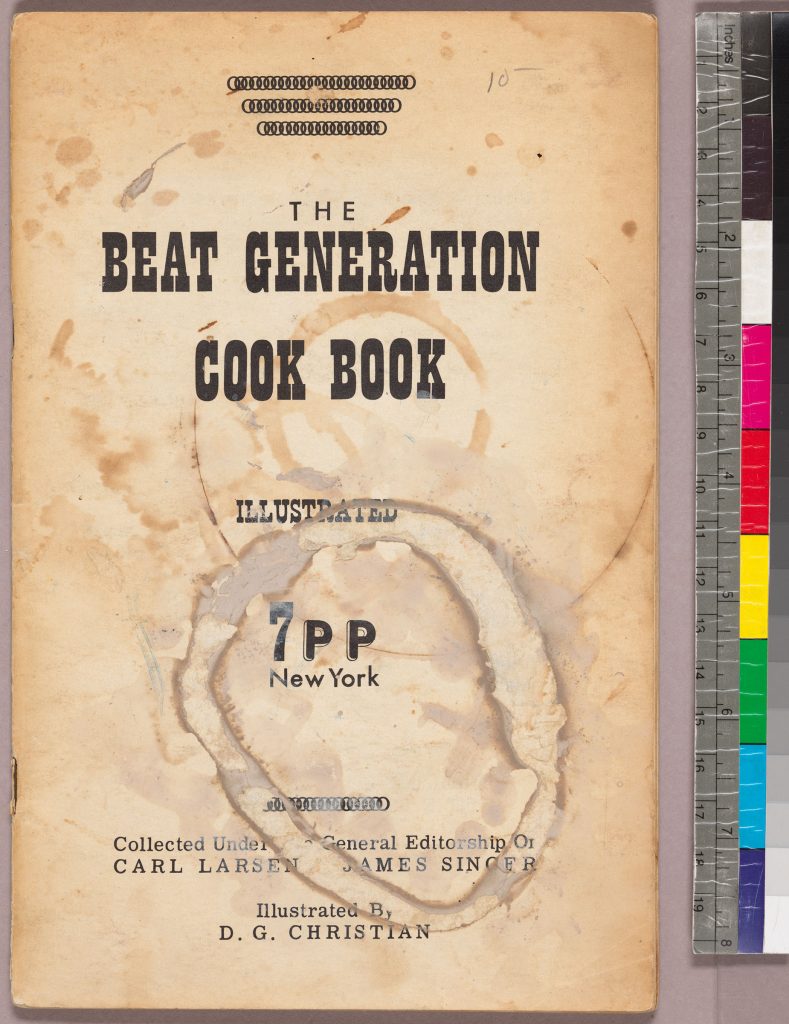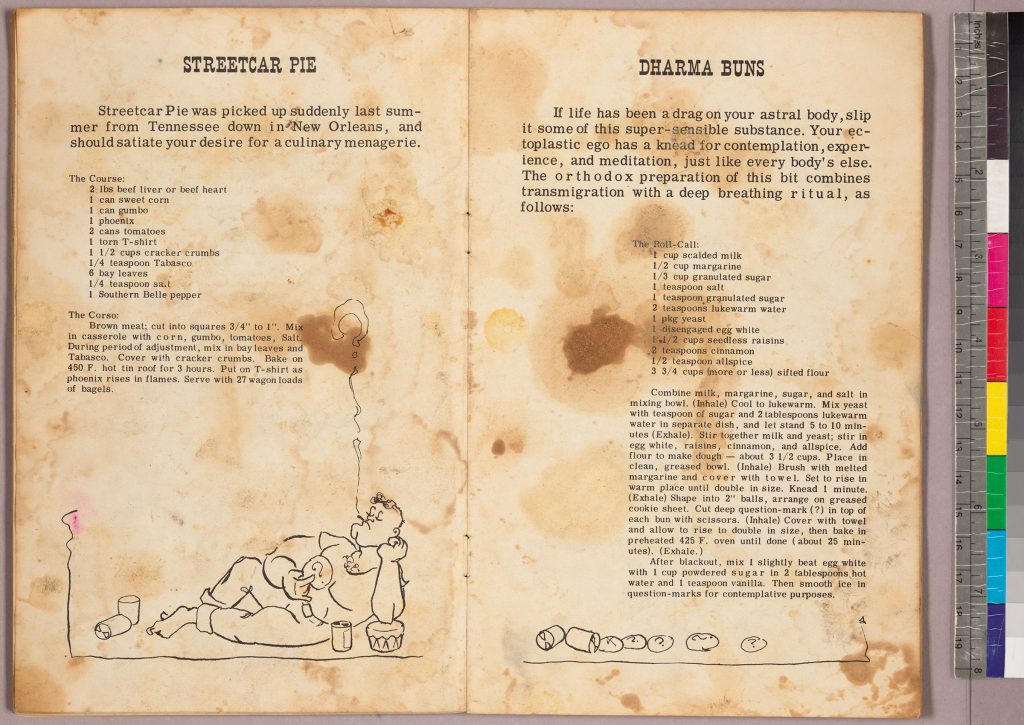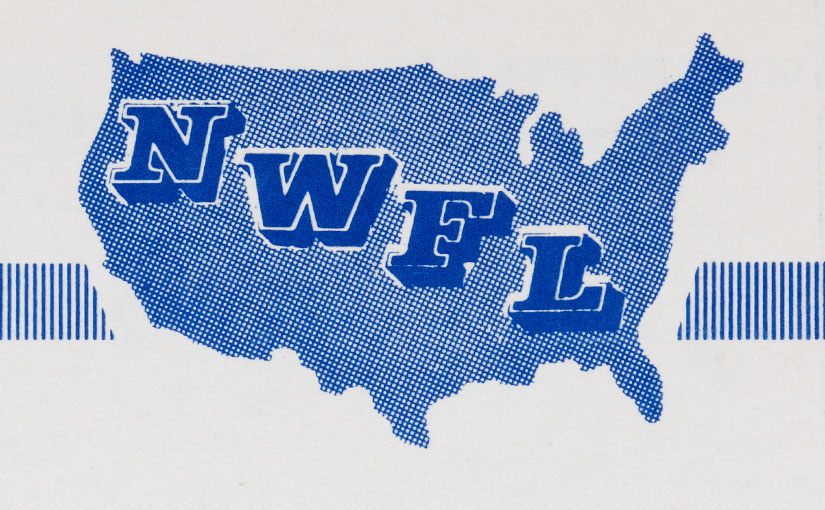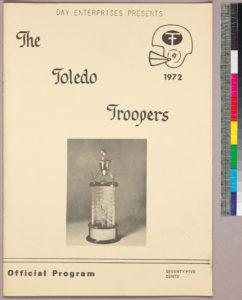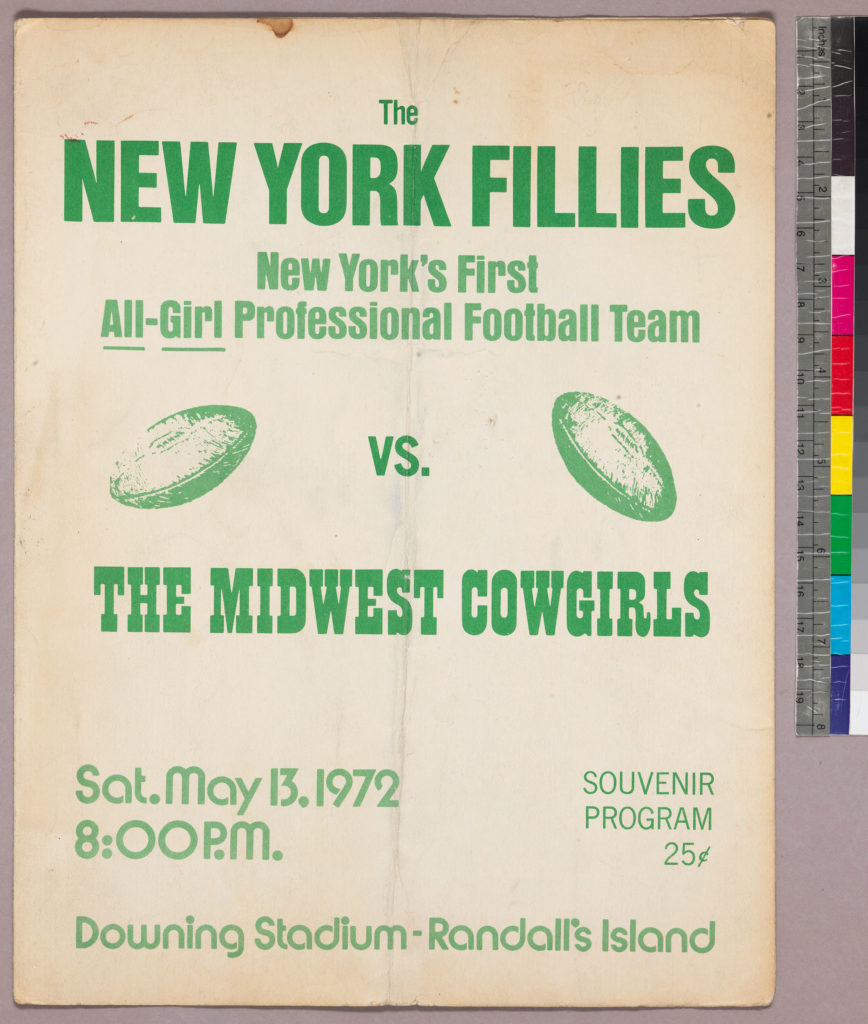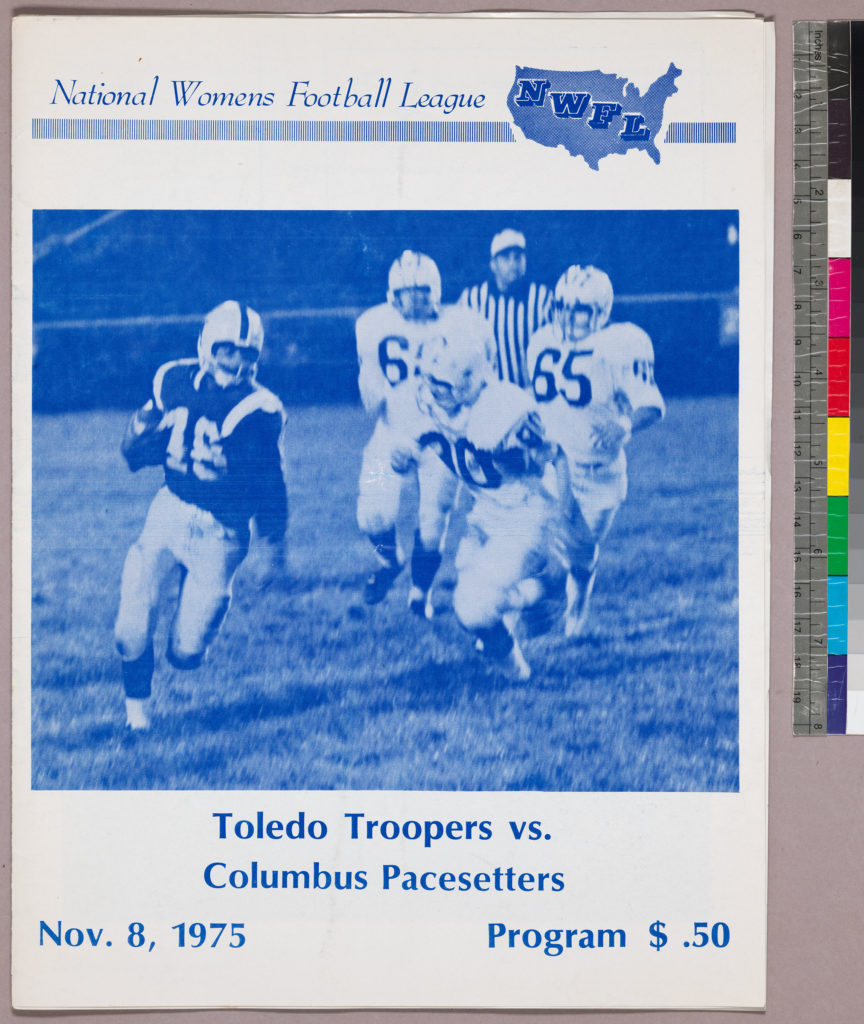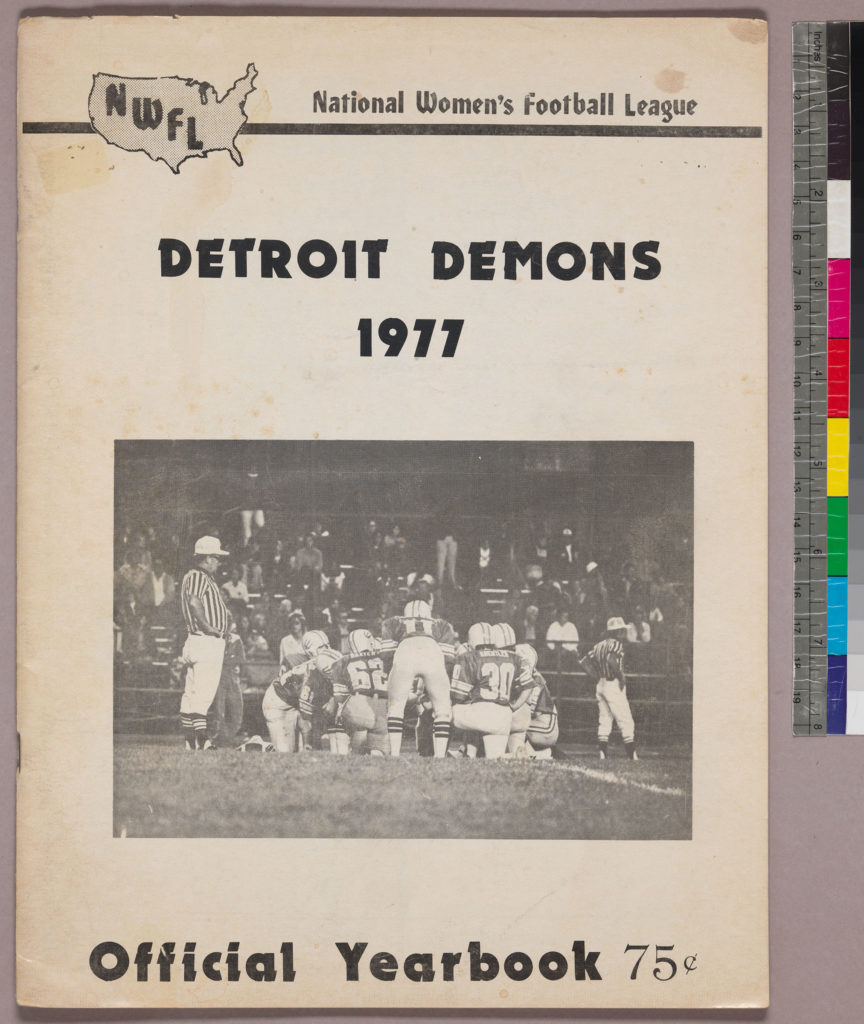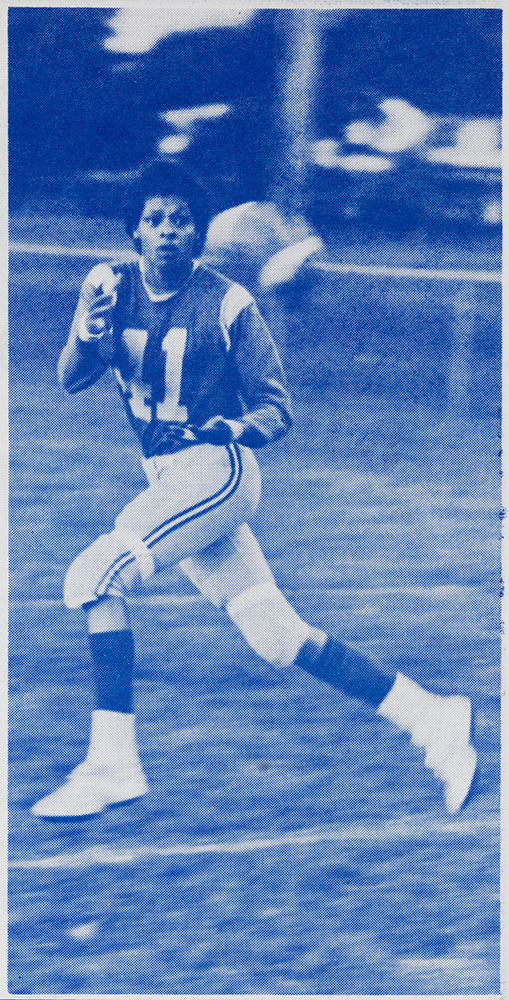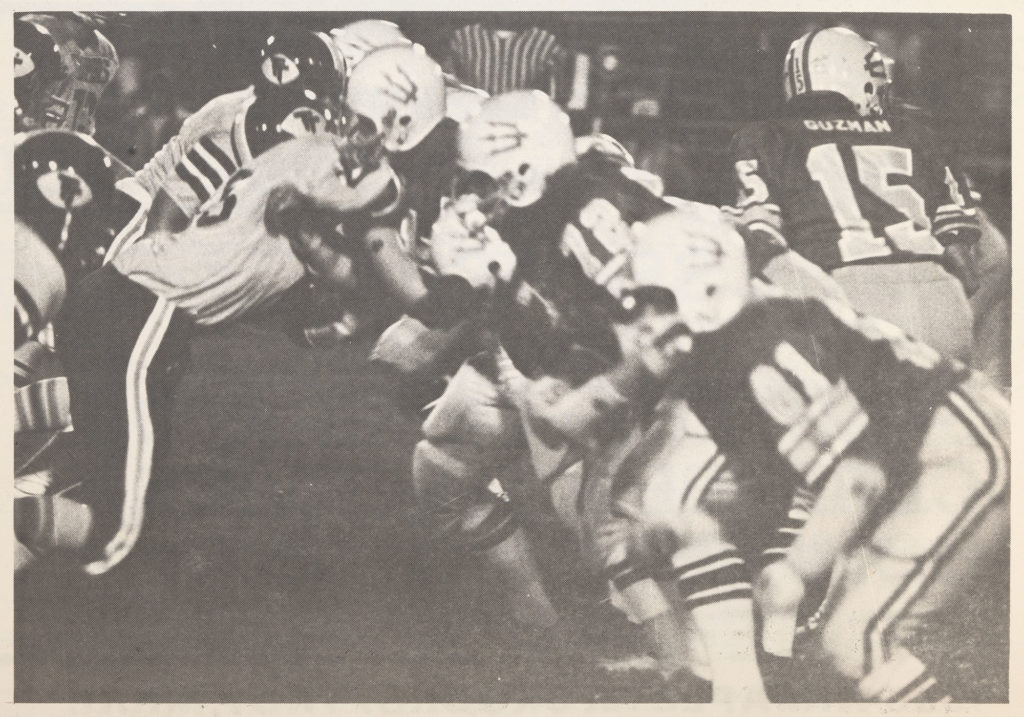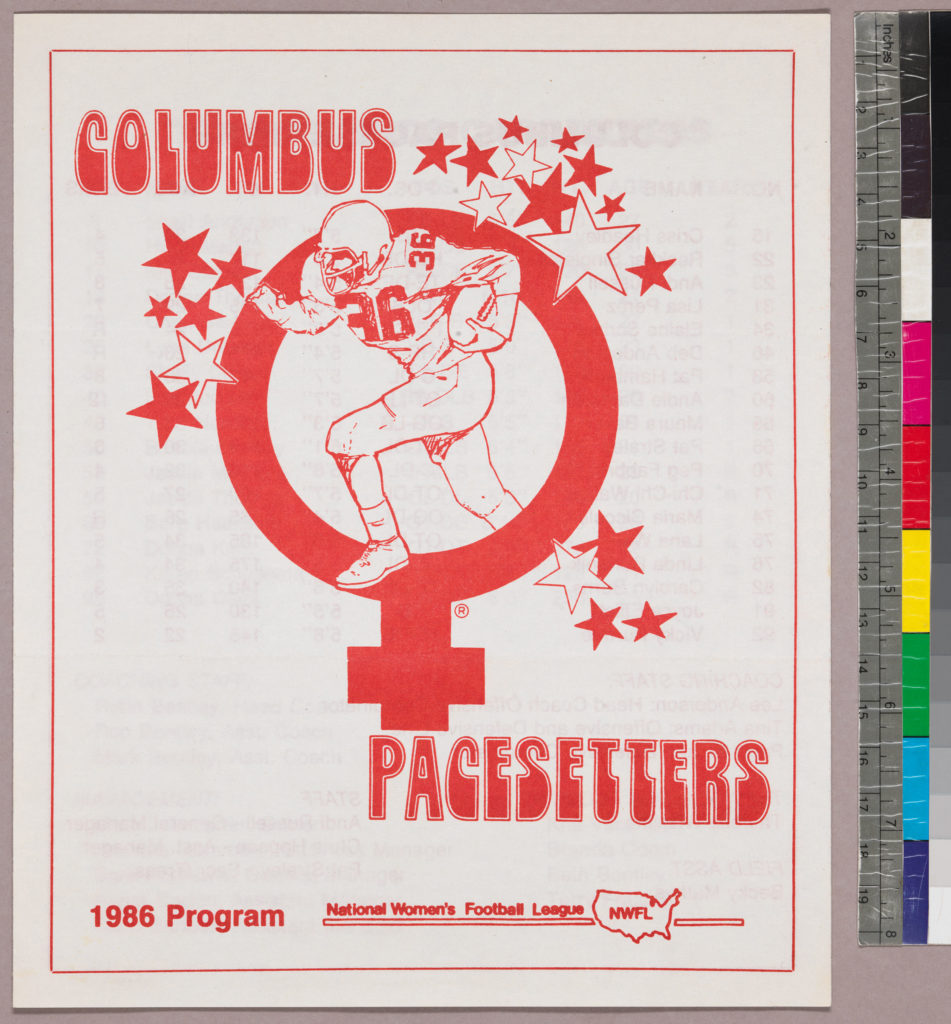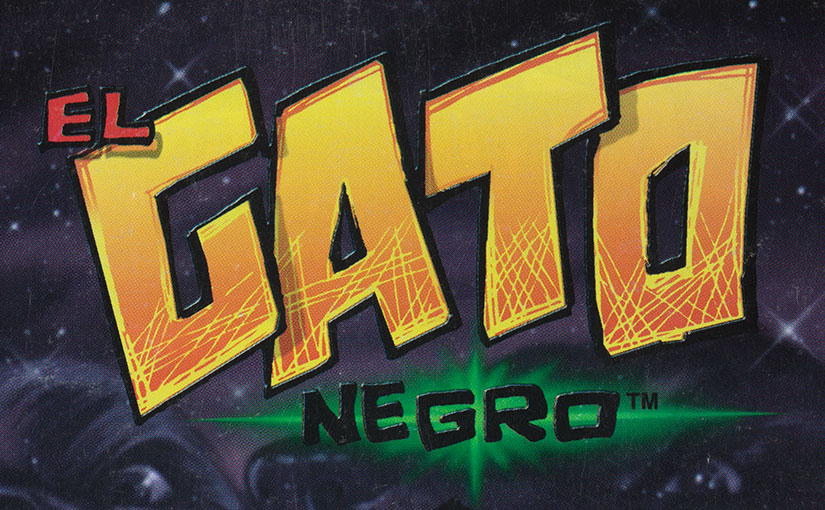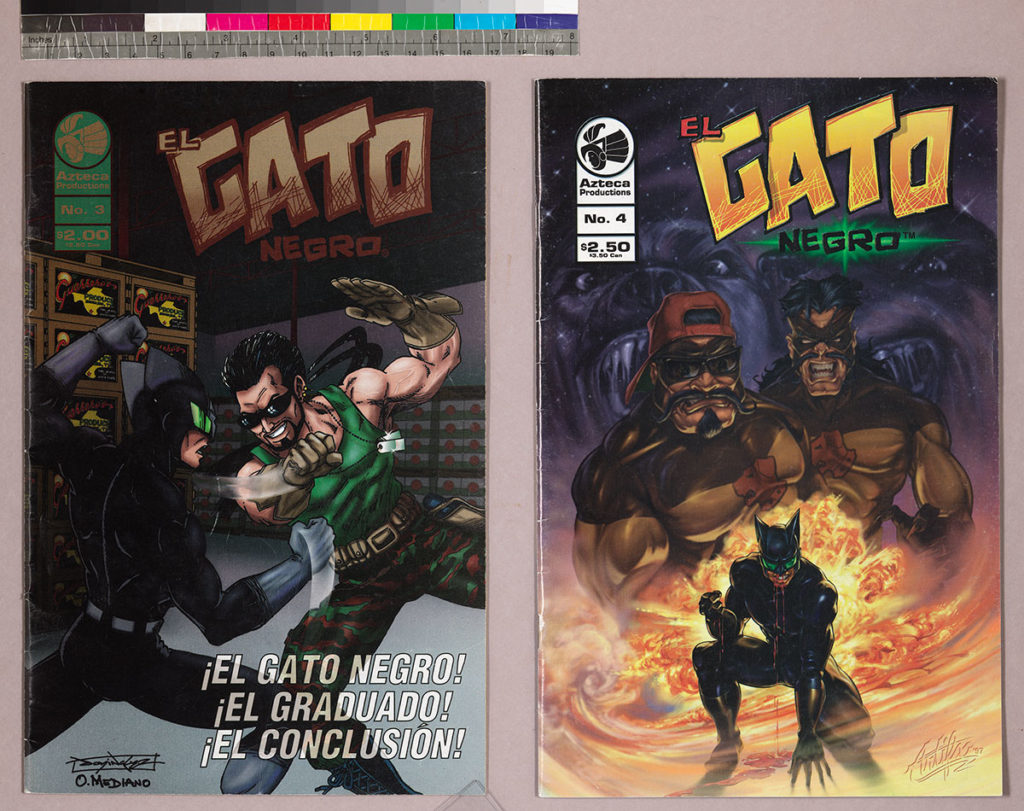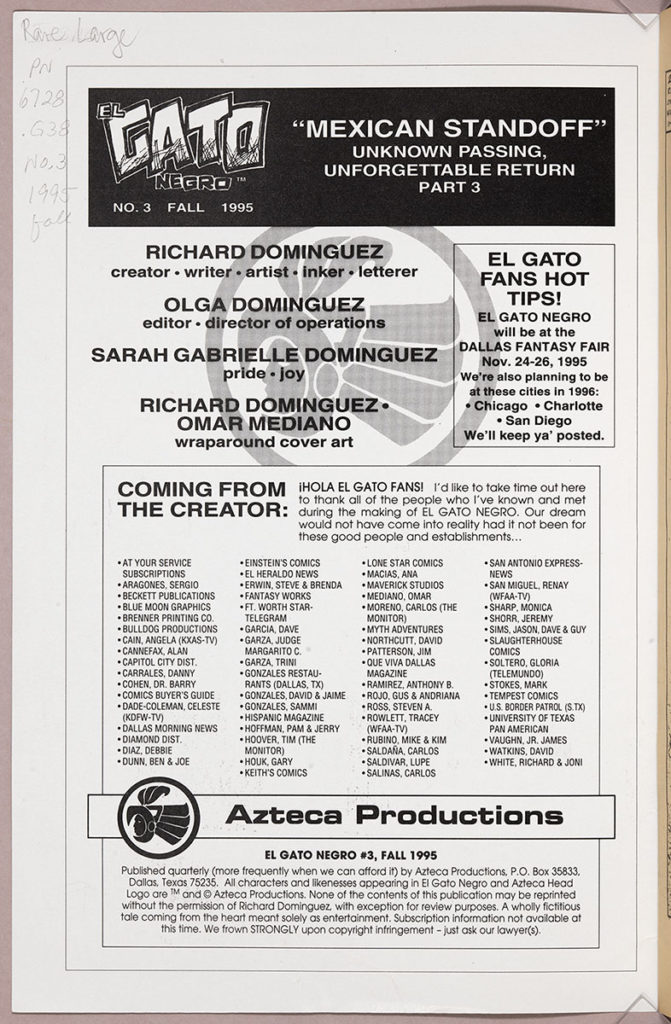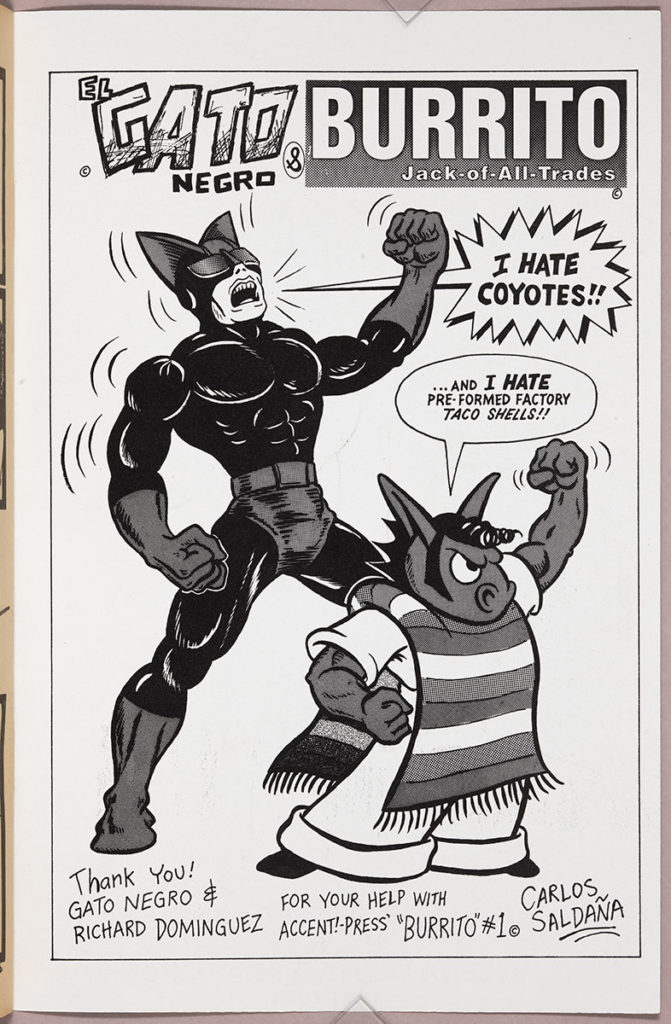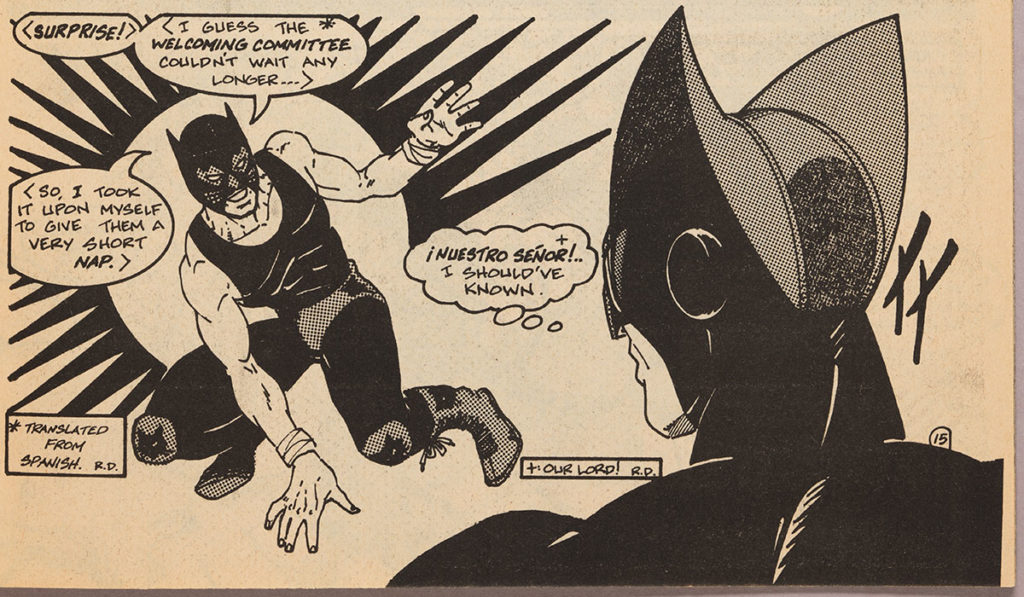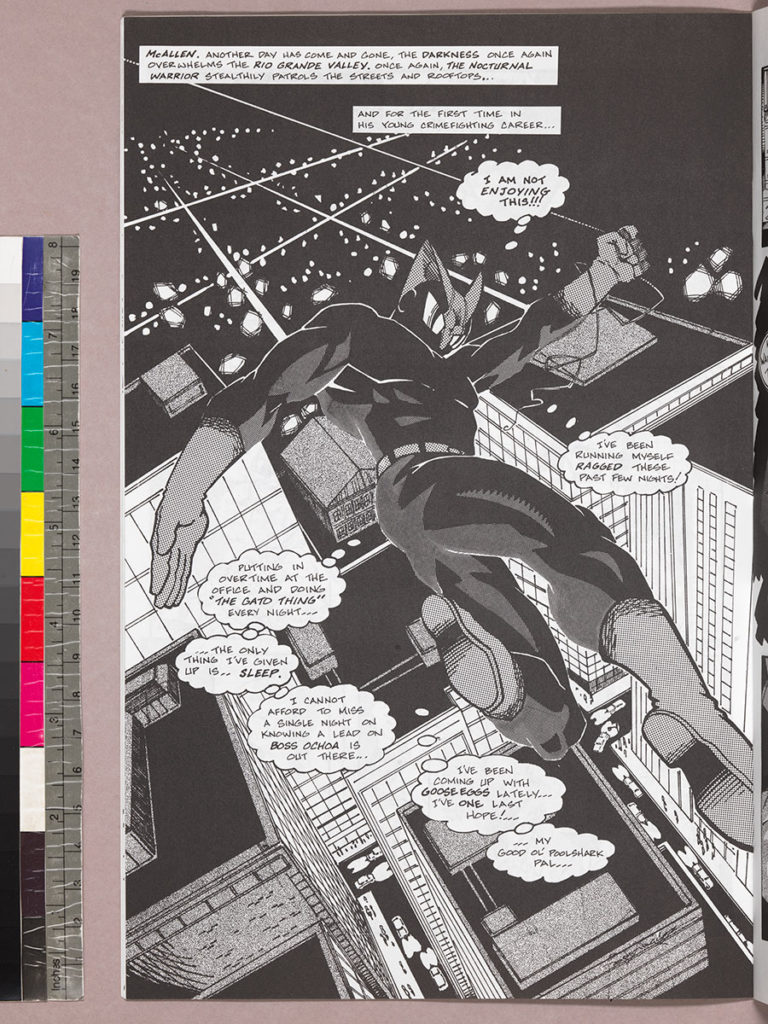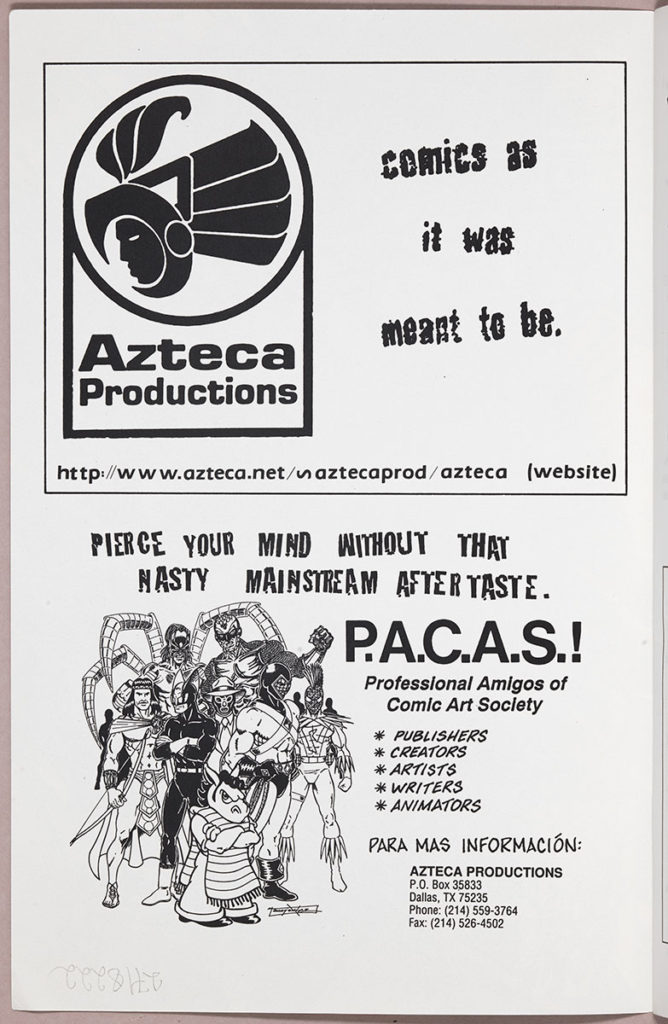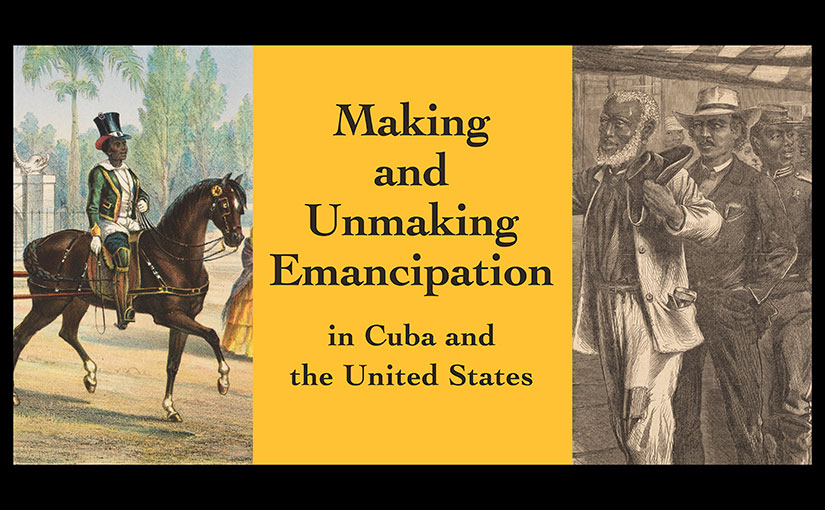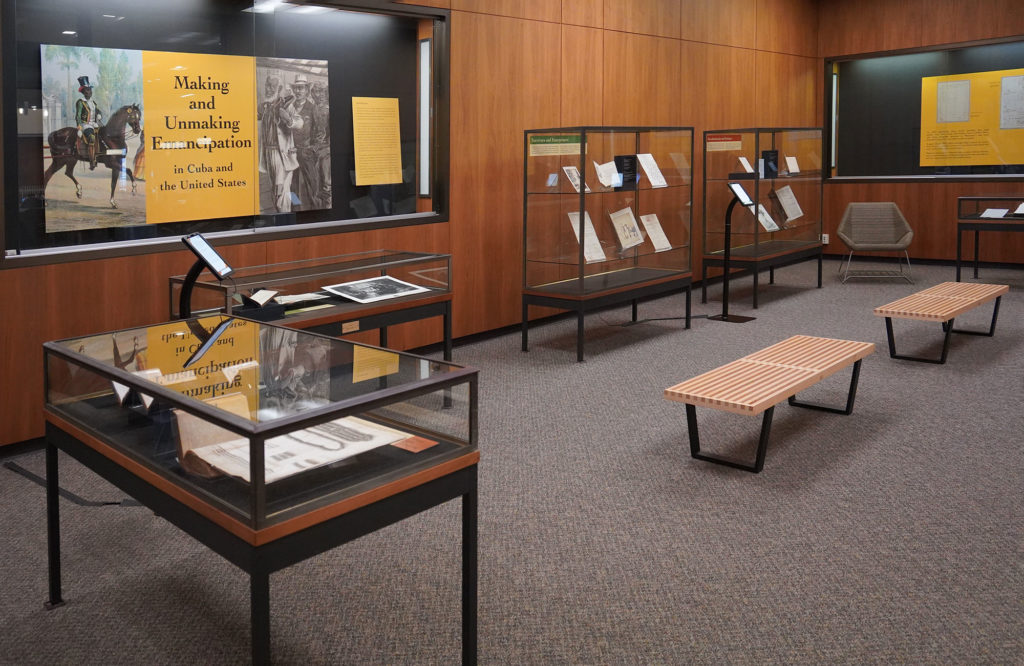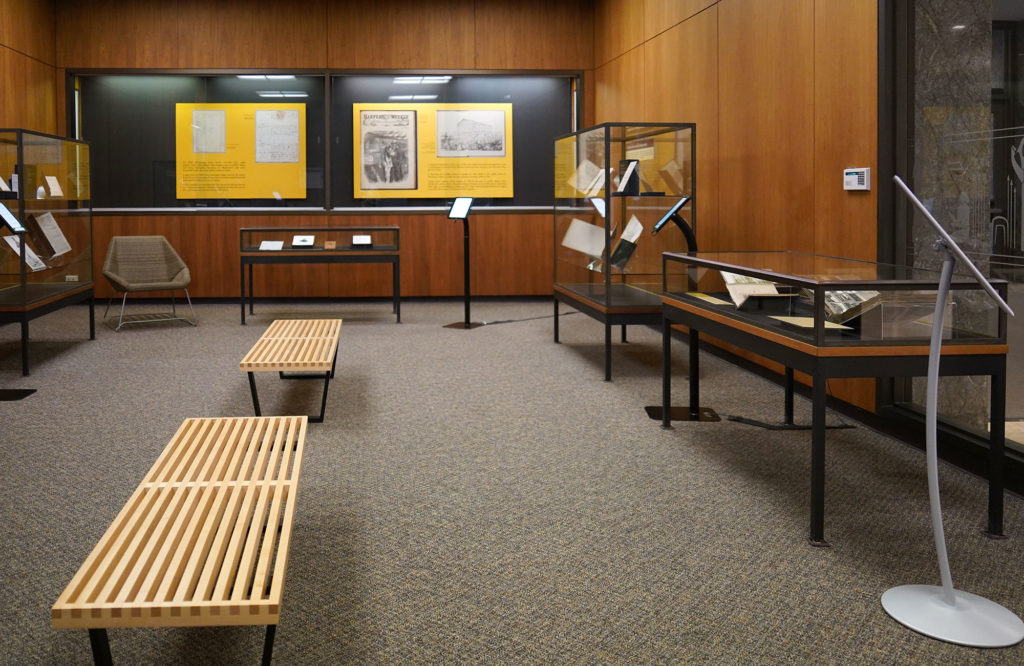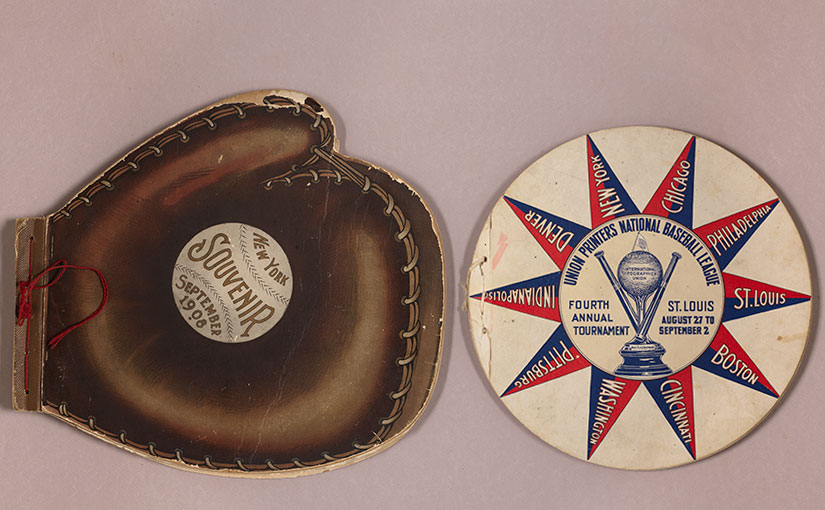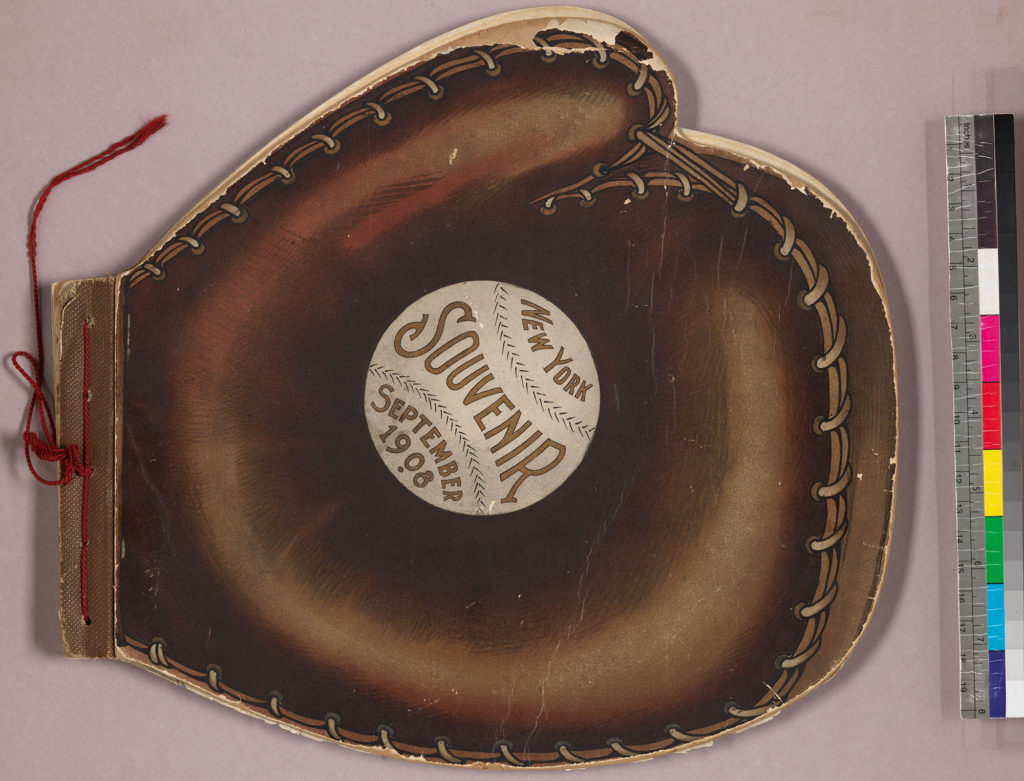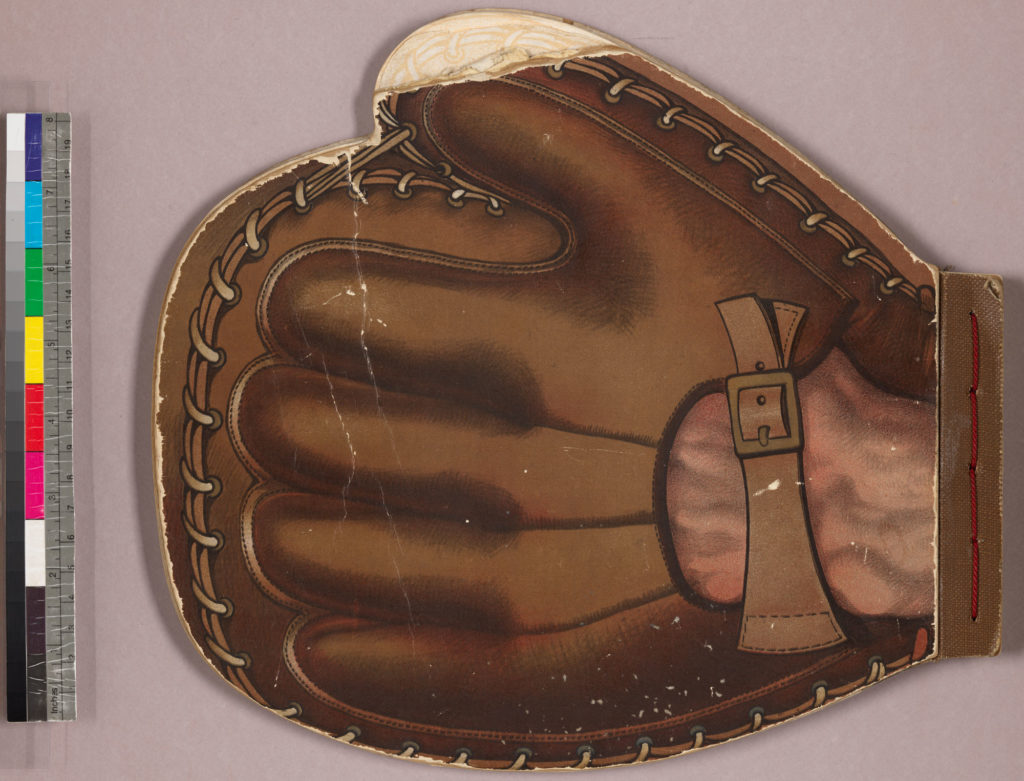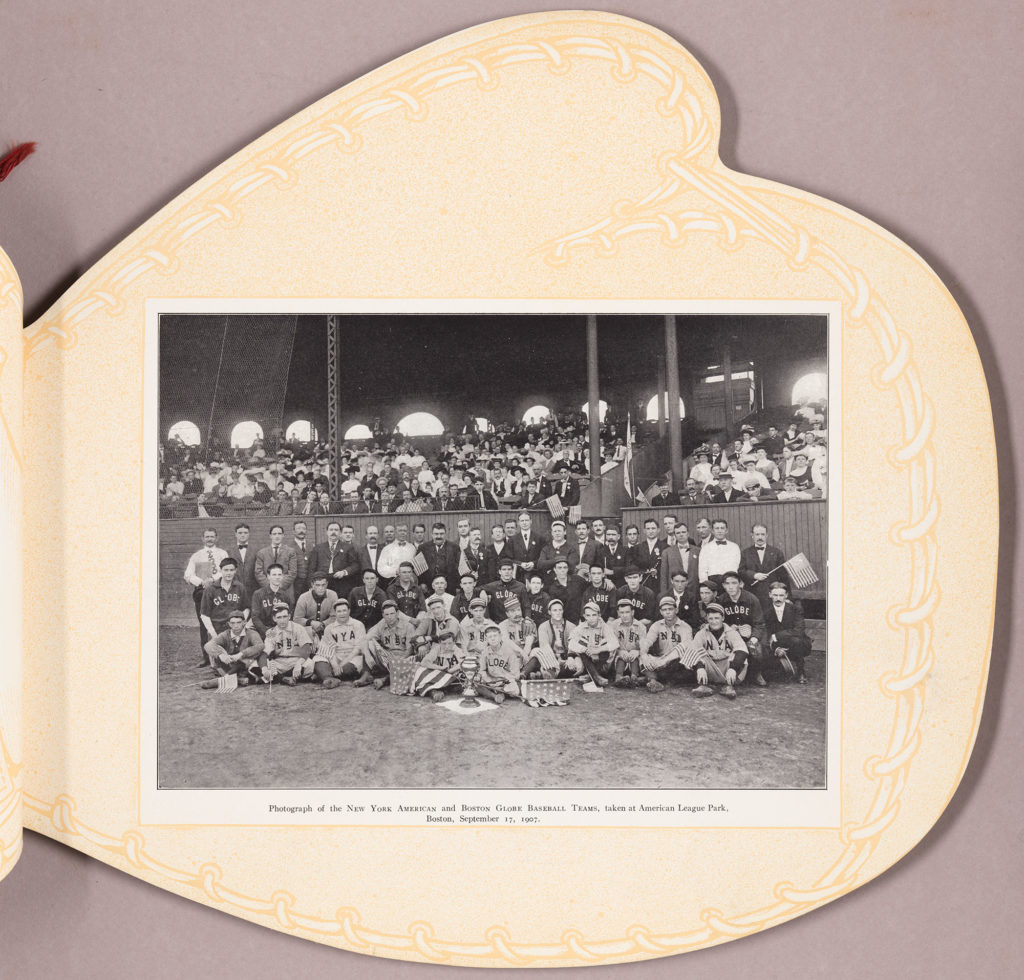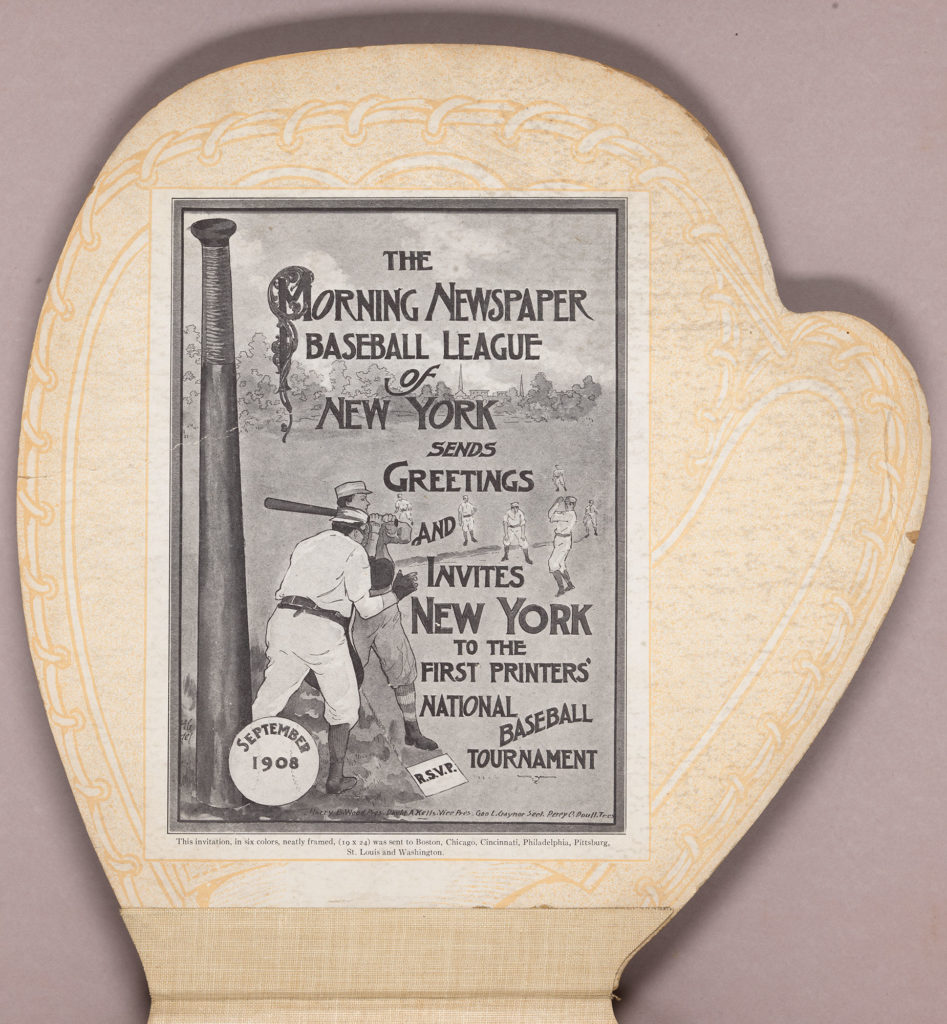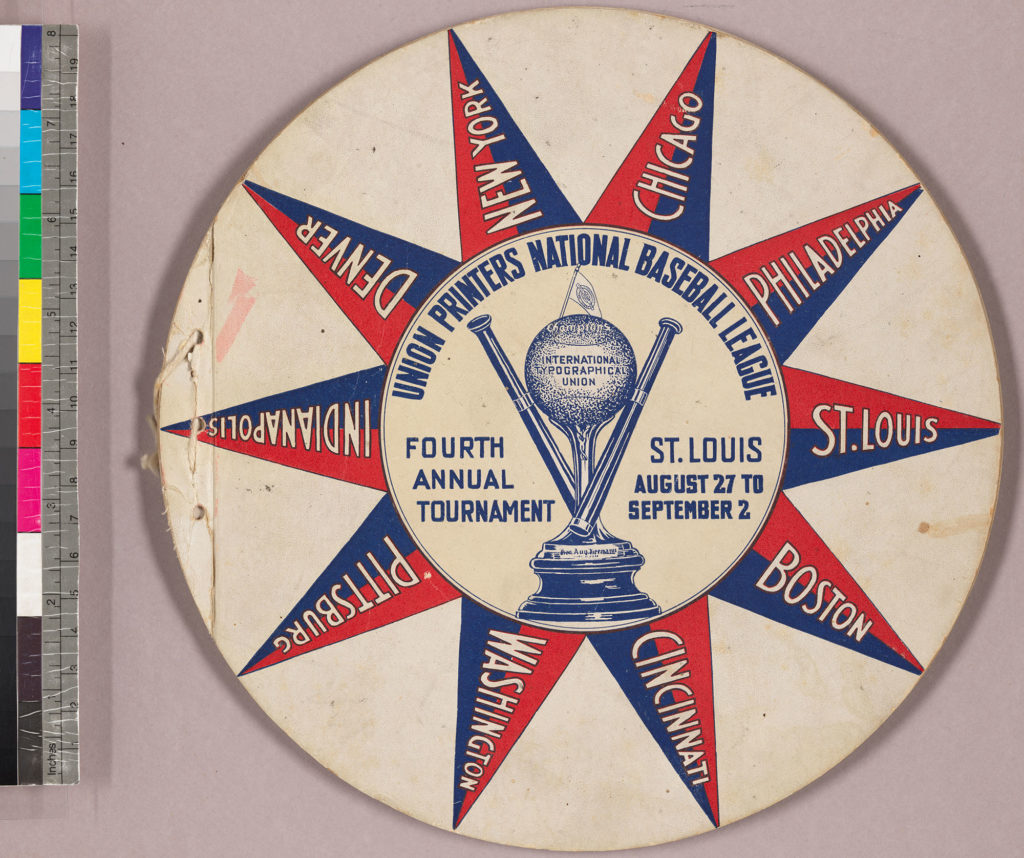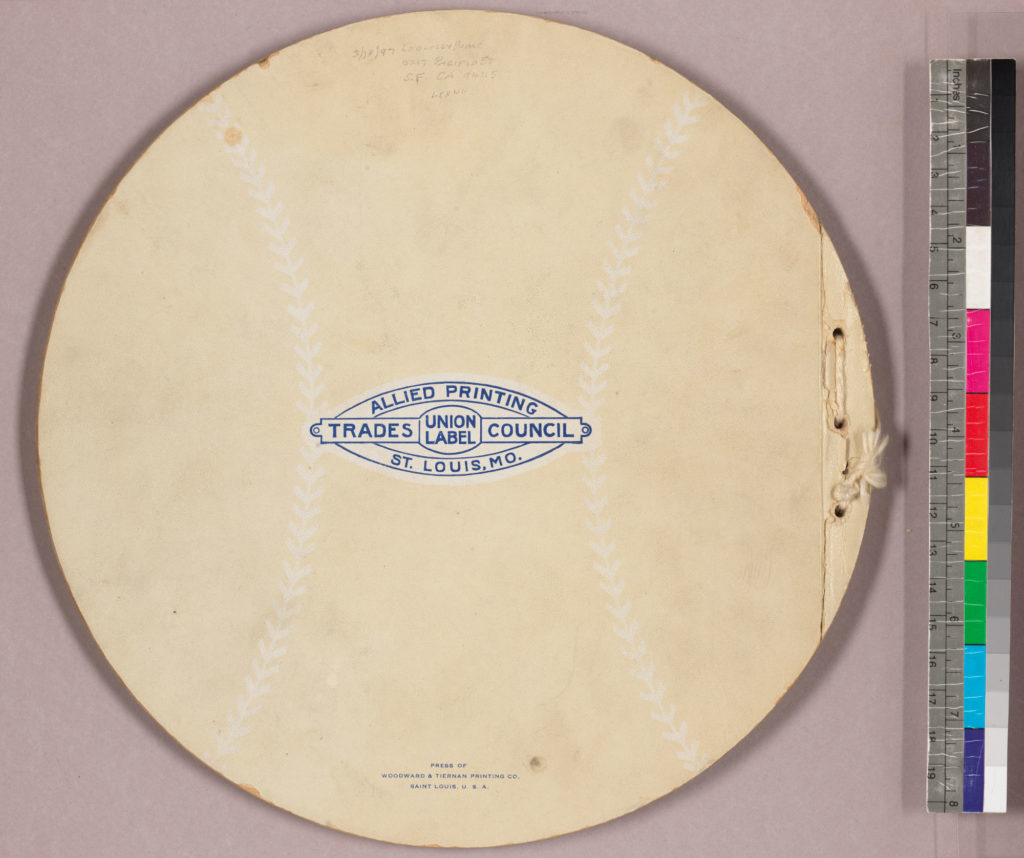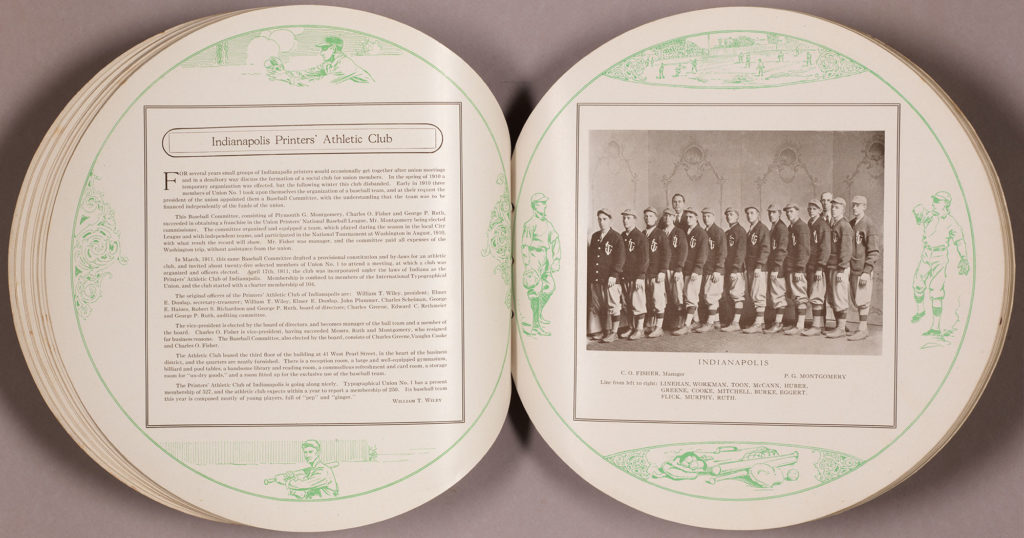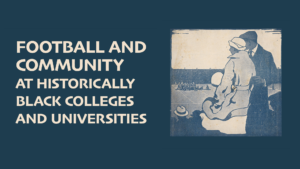Fritz von Erich, The Iron Claw, and the Jack Pfefer Wrestling Collection
by Greg Bond, Sports Archivist and Curator, Joyce Sports Research Collection
“I make a much better heel than babyface.”
Thus wrote former Southern Methodist University football player turned professional wrestler Jack Adkisson to Dallas-area wrestling promoter Ed McLemore in a September 1953 letter. Using the inside language of professional wrestling, Adkisson was explaining that he had found success wrestling as a villain—or “heel”—instead of as a fan favorite—or “babyface.”
Adkisson, a Texas native, got his start as a professional wrestler under McLemore and then traveled to New England to get more seasoning under the tutelage of promoter Tony Santos, Sr. Adkisson elaborated on his new “heel” persona to McLemore: “I have been working as Fritz Von Eric, the German Giant from Munich, Germany.”
Less than a decade after the end of World War II, Adkisson gained prominence in the ring by riling up and angering wrestling crowds with his Nazi-infuenced German villain. He explained to McLemore:
“I have gone over exceptionally well with the crowds as a heel, and once or twice I have had to literally fight my way to the dressing room. In Revere [Massachusetts], Santos was trying to hold the crowd back from me, and he was practically trampled. That was one night that my heart was in my throat. I couldn’t have felt more helpless in a cage of wildcats.”
The star-crossed von Erich family, a mainstay of professional wrestling in the second half of the twentieth century, is the subject of a soon-to-be-released motion picture The Iron Claw starring Zac Efron. The origin story of Fritz von Erich, the family’s patriarch, is partially documented in the Jack Pfefer Wrestling Collection—one of the most popular and heavily used manuscript collections in the Joyce Sports Research Collection.
Jack Pfefer was a wrestling manager and promoter whose influential career lasted from the 1920s through the 1960s. Pfefer unapologetically embraced the showmanship and theatrical spectacle of professional wrestling, and he routinely advertised and emphasized the entertainment aspects of his bouts.
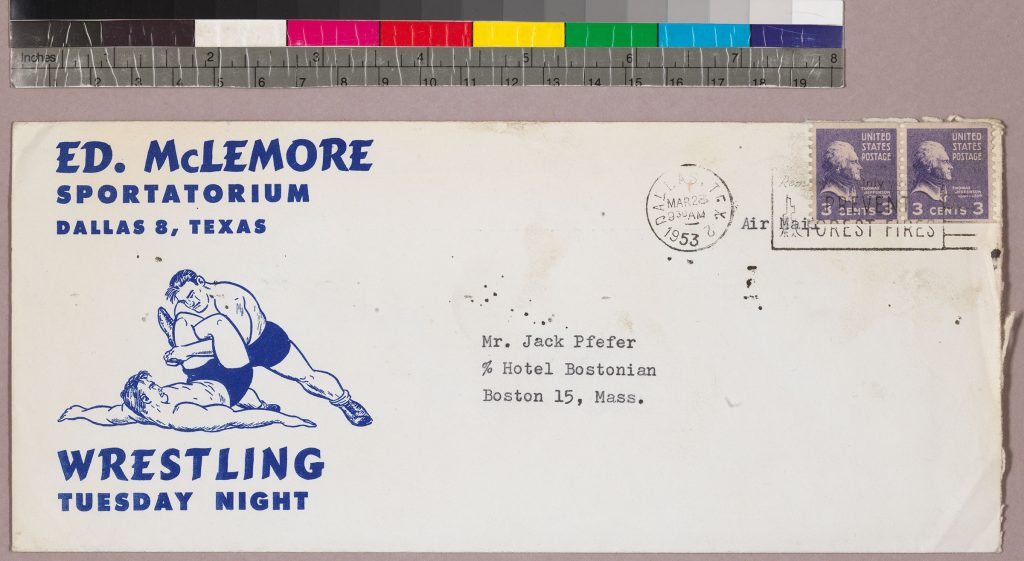
Pfefer also meticulously saved his records. His papers, which Hesburgh Library acquired in the 1970s, fill more than 200 boxes and include voluminous correspondence, financial records, thousands of programs, and tens of thousands of photographs. The Pfefer Collection is one of the largest publicly accessible wrestling archival or manuscript collections in the country, and it documents nearly all aspects of professional wrestling during the middle years of the twentieth century.

The 1953 letter from Adkisson to McLemore eventually wound up in Pfefer’s possession, and, along with other material in the Pfefer collection, helps to to chart the rise of Fritz von Erich to legendary wrestling status.
But in 1953, Addkisson was still toiling near the bottom of the industry, and he complained to McLemore:
“I am making a living from this, but that is all. I am not saving anything to speak of. And if a guy can’t save some money in this business, what’s the use in staying? I have got to put away some money…”
Nevertheless, Adkisson remained hopeful: “I am more optimistic about my potential as a bad boy,”
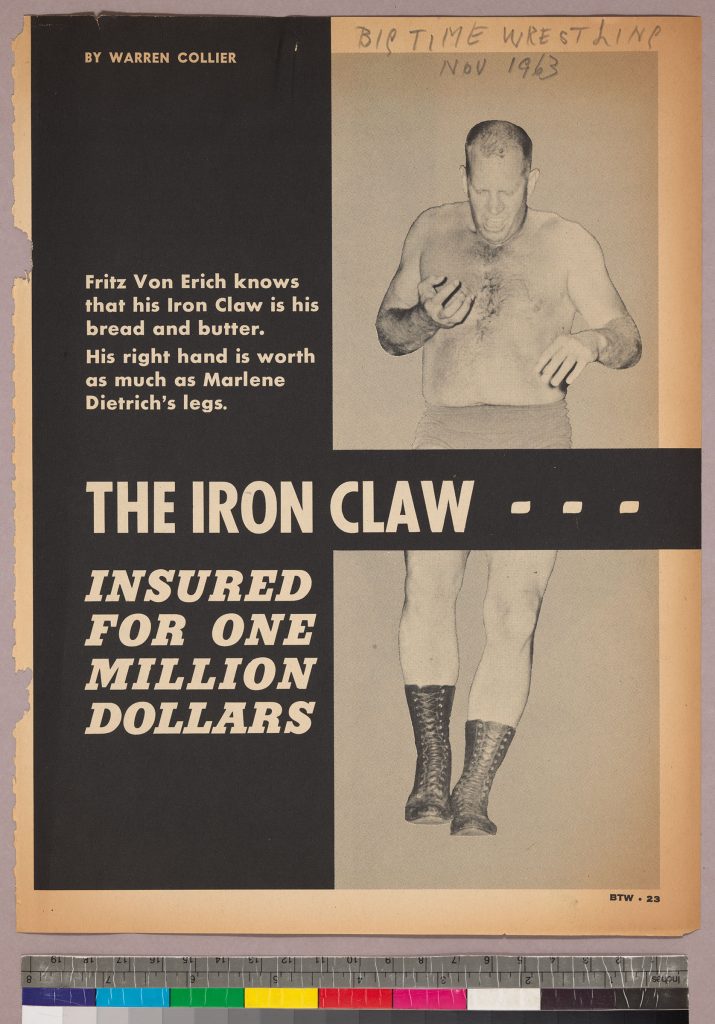
Adkisson was right about his potential. Using his signature maneuver, the “Iron Claw,” von Erich and his German “bad boy” routine, rose up the ranks of the sport to make him one of professional wrestling’s more famous and bankable stars in the 1960s.
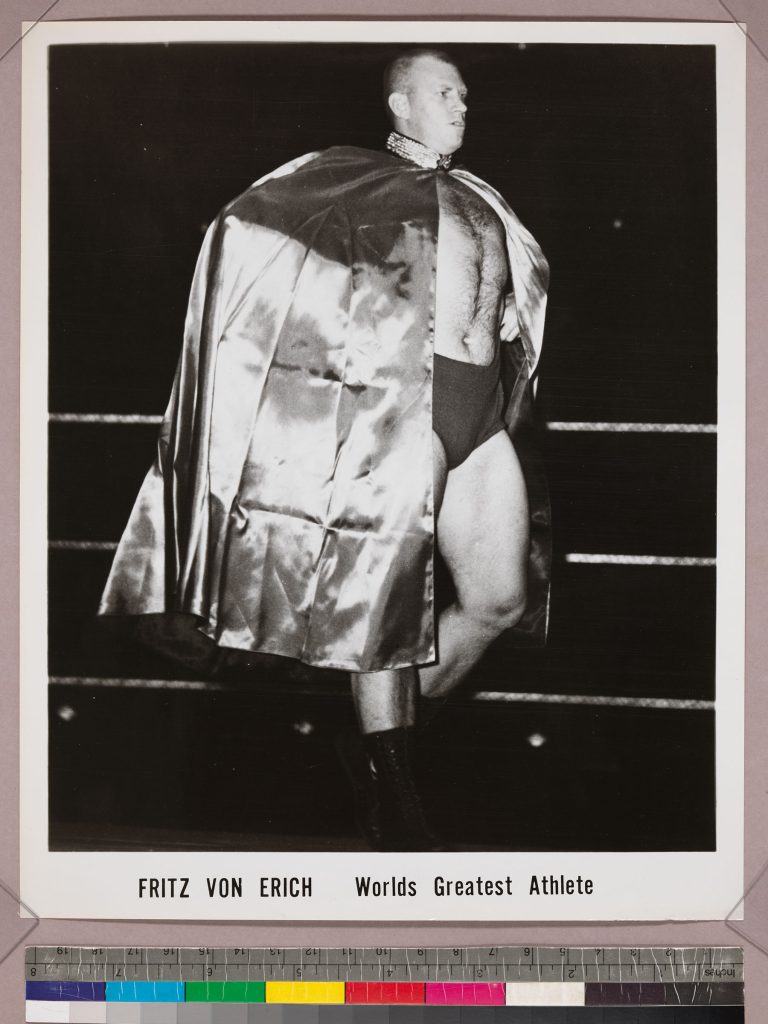
von Erich did eventually succeed in saving money, and he became a wrestling promoter in his own right, particularly in his home state of Texas. Fritz von Erich also had six sons, five of whom followed him into the ring. Tragically, five of the von Erich sons died young, leading to talk of a family curse. Fritz von Erich died at the age of 68 in 1997.
The movie Iron Claw, which tells the story of the ill-fated von Erich family, opens widely in theaters on December 22, 2023. The Jack Pfefer Wrestling Collection is open and available to the public for research.
